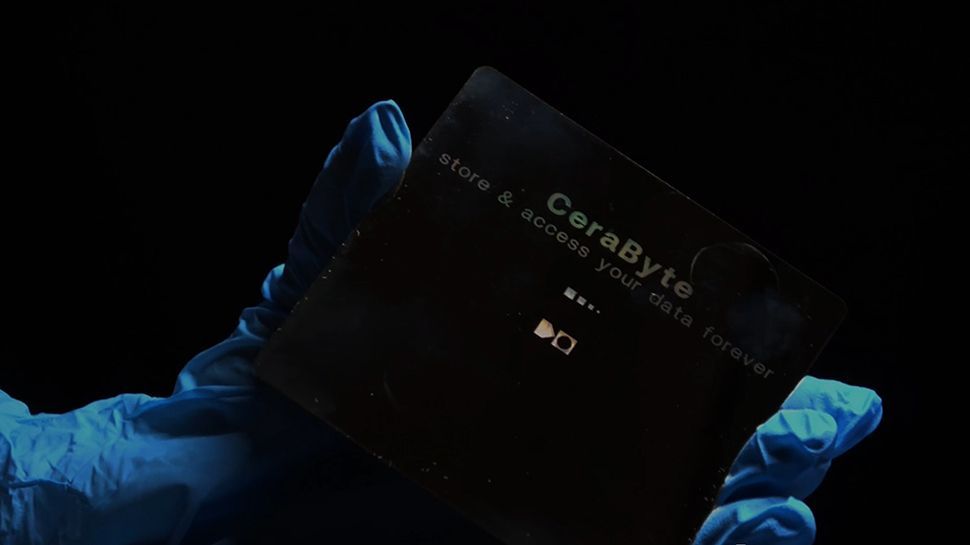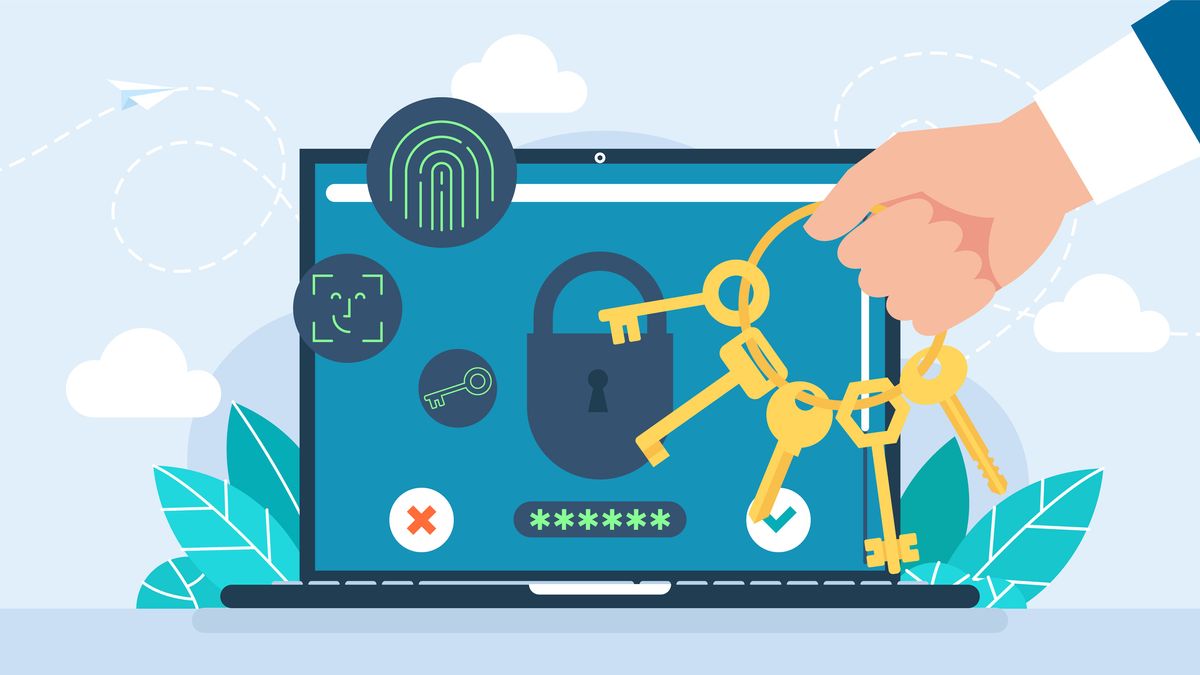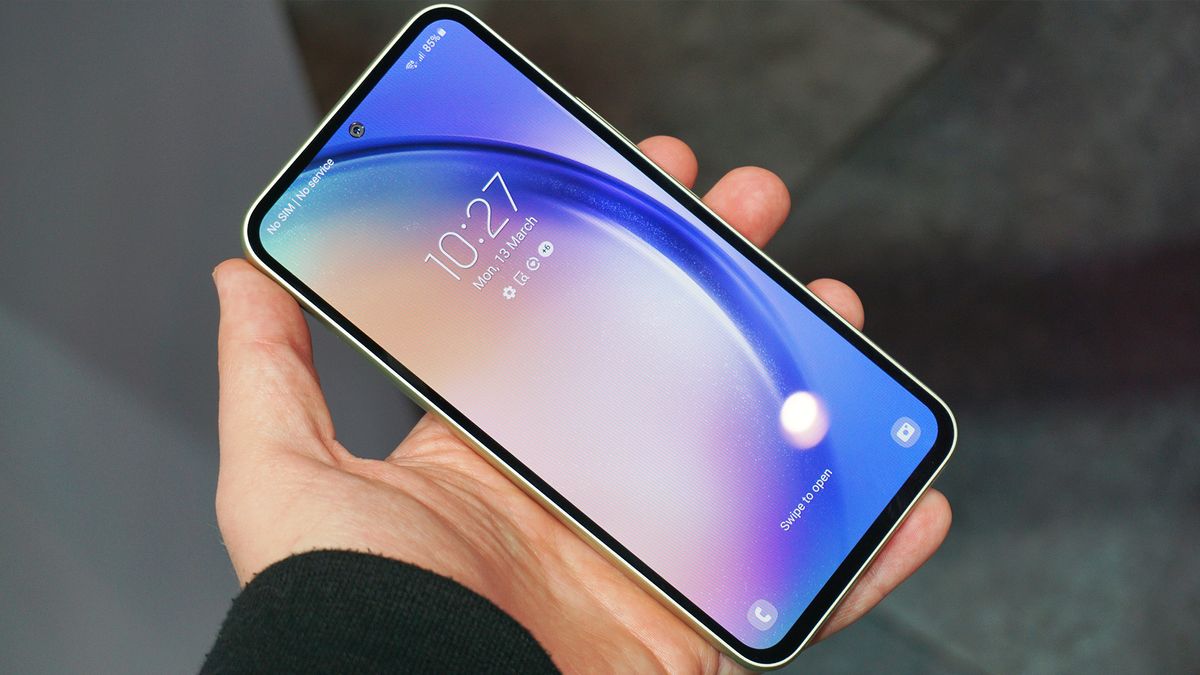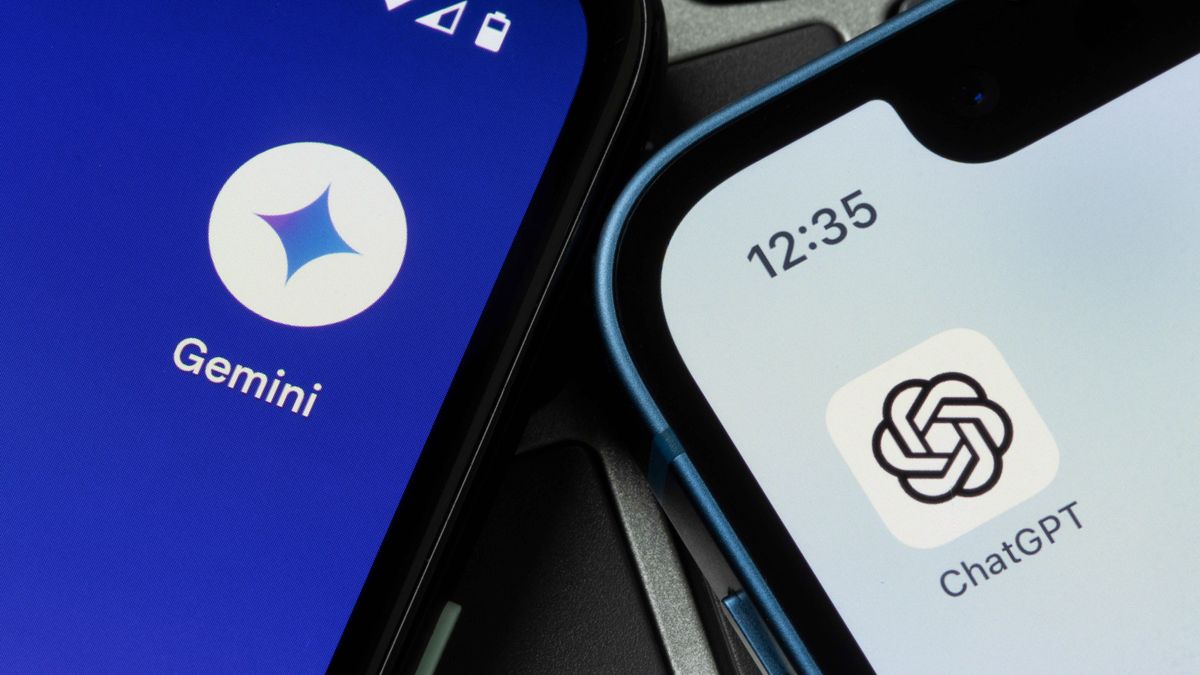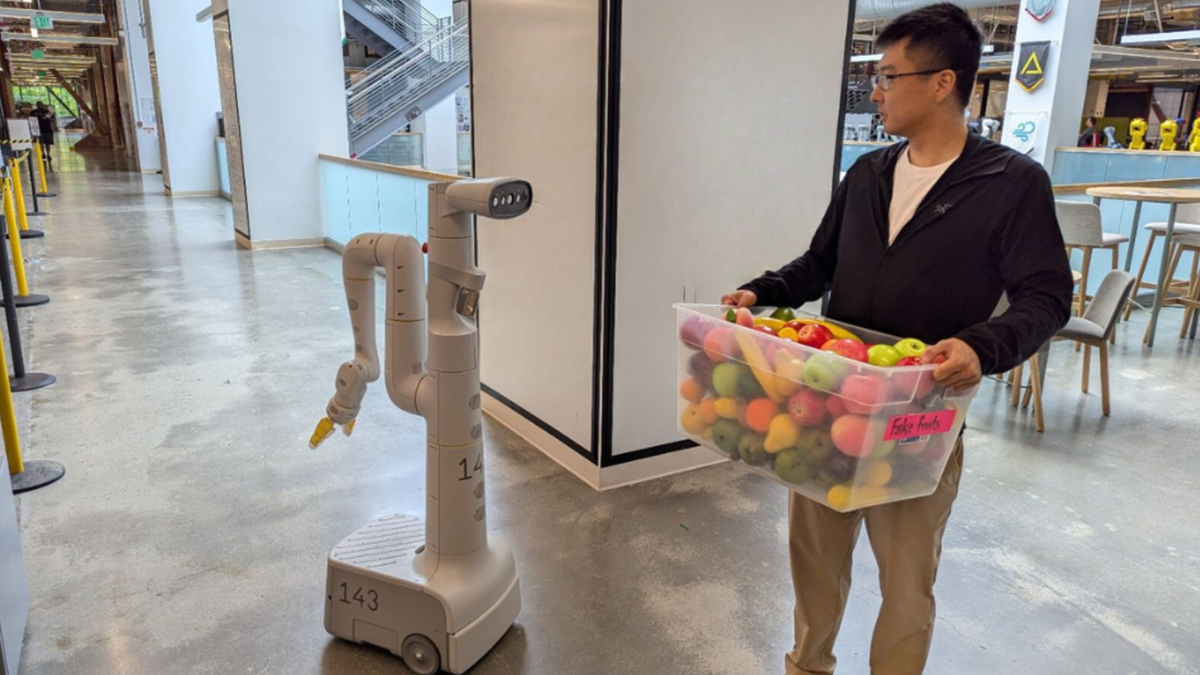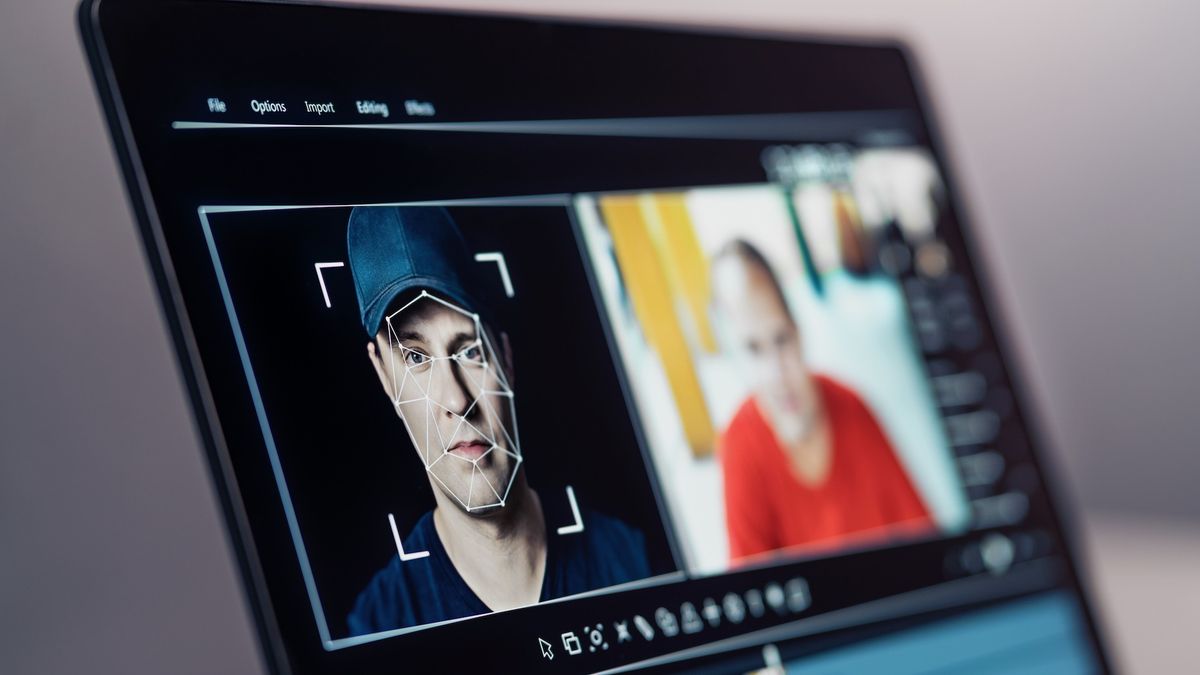Storing huge amounts of data poses increasingly serious challenges, such as rising costs, increased complexity in data management, potential security breaches, and difficulties in quickly accessing or analyzing accumulated data.
It also raises considerable environmental concerns due to energy consumption, but startup Cerabyte has a solution to this problem that involves writing data onto ceramic nanoshells, a method the company likens to the ancient Egyptians' practice of carving hieroglyphs into rock.
The Cerabyte prototype consists of a reading rack and several library racks. The storage medium takes the form of a thin, accessible square sheet of glass (called a plate or holder) with a dark nanoscale ceramic layer stored in cartridges within a robotic library. The data is inscribed in QR code-like patterns on the ceramic using a femtosecond laser pulse.
A wait ahead
A new video of the system in action has appeared on YouTube which you can watch below. Previous reports suggested that the cartridges could hold up to 10,000 TB each, but that is not the case.
A Cerabyte spokesperson told us: “This is a data density that is justified by experiments and is part of our roadmap when we move from the laser beam to the particle beam, but not in the next five years.”
They further explained: “For our prototype we used only commercially available components to quickly demonstrate the feasibility of the technology. Generally speaking, we used amortized semiconductor manufacturing tools. This means that the current setup is based on maskless lithography developed more ago. 10 years, particle beam technology for current semiconductor technology (costing more than 100 million) will be the basis for read/write processes within 10 years Then, EB/rack and costs well below 1. dollar/TB/. month will be possible. The main challenge of data storage today is the flattening of development curves, therefore, performance and costs.”
While 10,000 TB cartridges may not be around the corner, the spokesperson gave us some good news. “We are currently improving the data density by using a UV laser and have therefore increased the data density three times compared to our initial configuration. Being able to remove the data layer was a big step forward.”

